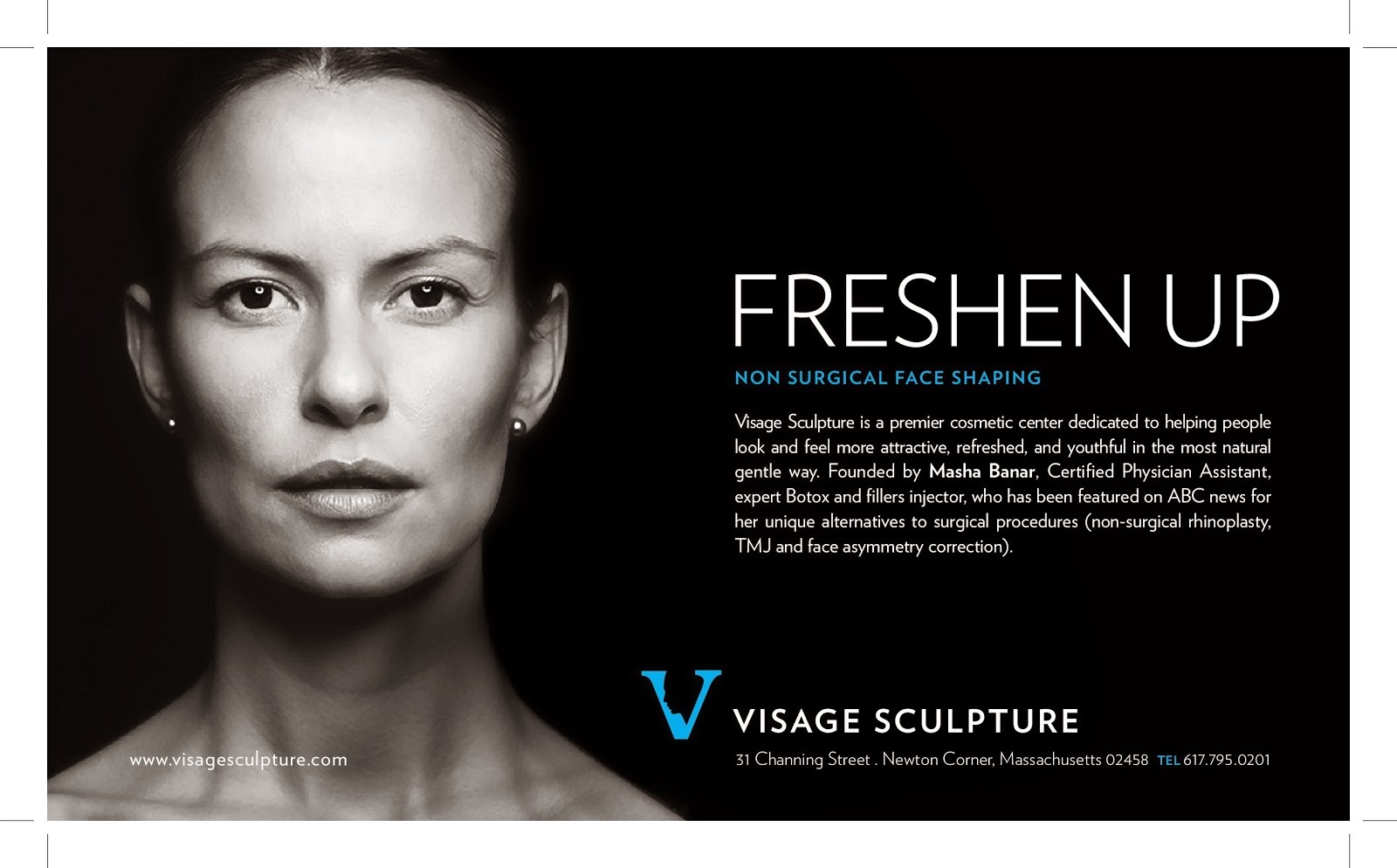My patients ask me for skin care advice every day. Many of them bring multiple bottles they've bought on QVC promising eternal youth. We go through them and most of them miss the most important skin altering ingredients. The science of anti-aging is actually very simple, and it doesn't necessarily come in a very expensive pretty bottle. It usually comes from a medical office that has a medical director or professional who is allowed to prescribe higher concentration potent vitamins. So next time you buy a potion make sure it has these ingredients:
Most important of them: Vitamin A (Retinol, Retin-A, Retinoic acid. Retinol Palmitate or Acetate, etc) It is scientifically proven to stimulate collagen production, diminish fine lines, lighten pigmentation, and repair DNA damaged by smoking, free radicals, tanning, and every day oxidative stres.
Second most potent vitamin is Vitamin C: very strong anti oxidant, skin brightener, but extremely unstable especially in the light. Vitamin C boosts the activity of Vitamin A, this combination is very effective in fighting aging. To stabilize Vitamin C many companies add another anti-oxidant Vitamin E. Skin Ceuticals patented a formula with A, C, E vitamins and plant-derived ferulic acid that makes this combination extra long lasting. Of course, the formula has been stolen and modified, so the cheaper version is available.
Glycolic acid-very mild acid that gently sloughs off dead cells and make your skin extra permeable for other goodies.
Hyaluronic acid (HA)-though not very stable, this gorgeous molecule attracts many many molecules of water and makes your skin glow with moisture. HA also composes many fillers (Juvederm, Restylane, Perlane, Belotero) that are used to fill in lines, plump lips, and diminish depressions under eyes (tear troughs).
Kojic acid-natural plan-derived bleaching agent that works on pigment in your skin and diminishes freckles and age spots. I got rid of my post-pregnancy melasma with it!
Hydroquinone-very potent bleaching agent, that I recommend using with caution, it is not approved in Europe but surprisingly FDA approved in USA. I recommend using short bursts of therapy for very stubborn pigmentation.
Peptides-agents that temporarily plump the skin. They don't alter the texture of skin like vitamins, but can make you look better for few hours.
Amazingly, Image skincare has all of those ingredients in most of their creams, serums, and masks! That's why I love that line and use it exclusively.
Most important of them: Vitamin A (Retinol, Retin-A, Retinoic acid. Retinol Palmitate or Acetate, etc) It is scientifically proven to stimulate collagen production, diminish fine lines, lighten pigmentation, and repair DNA damaged by smoking, free radicals, tanning, and every day oxidative stres.
Second most potent vitamin is Vitamin C: very strong anti oxidant, skin brightener, but extremely unstable especially in the light. Vitamin C boosts the activity of Vitamin A, this combination is very effective in fighting aging. To stabilize Vitamin C many companies add another anti-oxidant Vitamin E. Skin Ceuticals patented a formula with A, C, E vitamins and plant-derived ferulic acid that makes this combination extra long lasting. Of course, the formula has been stolen and modified, so the cheaper version is available.
Glycolic acid-very mild acid that gently sloughs off dead cells and make your skin extra permeable for other goodies.
Hyaluronic acid (HA)-though not very stable, this gorgeous molecule attracts many many molecules of water and makes your skin glow with moisture. HA also composes many fillers (Juvederm, Restylane, Perlane, Belotero) that are used to fill in lines, plump lips, and diminish depressions under eyes (tear troughs).
Kojic acid-natural plan-derived bleaching agent that works on pigment in your skin and diminishes freckles and age spots. I got rid of my post-pregnancy melasma with it!
Hydroquinone-very potent bleaching agent, that I recommend using with caution, it is not approved in Europe but surprisingly FDA approved in USA. I recommend using short bursts of therapy for very stubborn pigmentation.
Peptides-agents that temporarily plump the skin. They don't alter the texture of skin like vitamins, but can make you look better for few hours.
Amazingly, Image skincare has all of those ingredients in most of their creams, serums, and masks! That's why I love that line and use it exclusively.






